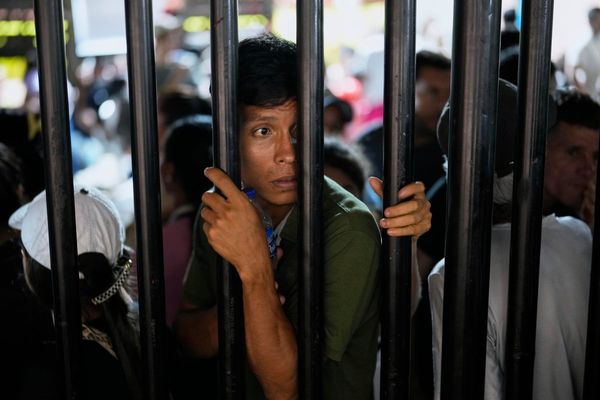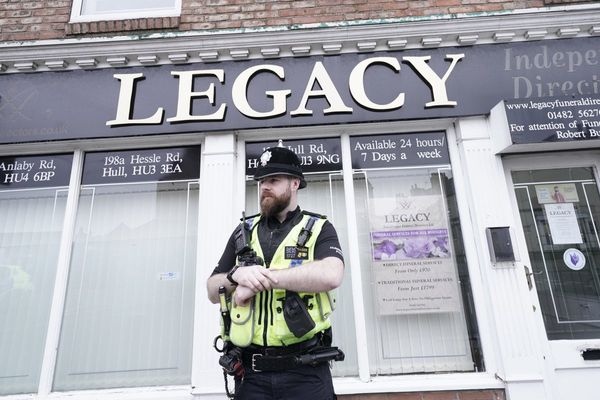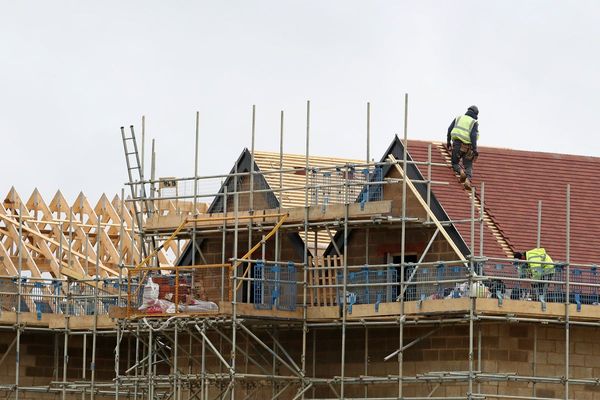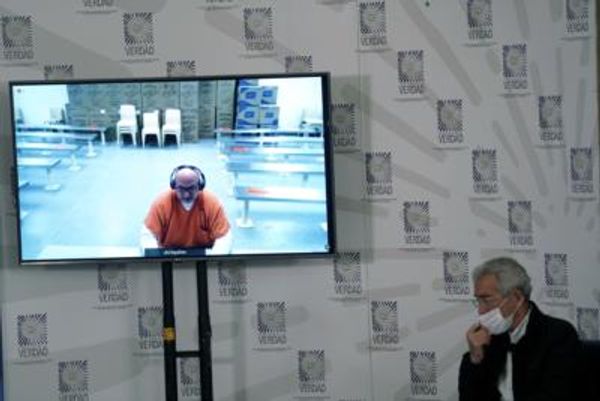
A wave of climate strikes took place in at least 150 countries on Friday, two years on from Greta Thunberg’s solo protest which kicked off the movement.
More than 3,500 events involving thousands of activists took place from Uganda to India, Ireland, Australia, South Korea, Ukraine, and even on an Arctic ice floe.
There were socially-distant gatherings of people wearing masks where Covid-19 rules would allow. Other protests were happening online.
The demands remain the same: A call for global leaders to honor the 2015 Paris Climate Agreement that asks nations to commit to cutting global emissions and curb global temperature rise to well below 2C this century.
“The main hope is, as always, to try to have an impact on the level of awareness and public opinion so that people will start becoming more aware,” Ms Thunberg, 17, said outside the Swedish parliament on Friday where she was joined by fellow strikers including one holding a sign which read “Don’t be a fossil fool.”

In Berlin, thousands protested in heavy rain at the Brandenburg Gate, some wearing masks with the words “not another degree” printed on them. “Unite behind the science,” read another face covering.
In Australia, thousands of students took part in several hundred small demonstrations and online protests, calling for investment in renewables and to oppose funding for fossil fuel projects.
In the Satkhira district in southwestern Bangladesh, students marched with loud speakers and banners .
At the Uhuru Park's Freedom Corner in Nairobi, Kenya, activists held signs that read “#AfricaIsNotADumpster”.
British climate activist Mya-Rose Craig, stood on an ice floe, broken off from the Arctic ice edge, North of Svalbard, 82.2° North, protesting in the world’s most northerly climate strike. She held a sign reading “Youth Strike for Climate”.
“Being on a tiny ice floe like this and just floating in the middle of a sea of slush has really just reminded me how delicate the Arctic is,” she said on Sunday. She is in the region with the Greenpeace ship Arctic Sunrise as part of an expedition documenting the impact of the climate crisis.

The pandemic has prevented the Fridays for Future movement that Thunberg inspired from holding weekly large gatherings for much of this year.
But the urgency of the climate crisis has not diminished: 2020 is projected to become one of the five hottest years on record, Arctic sea ice has shrunk to its second lowest extent on record, and extreme weather events are battering regions around the world, from severe typhoon and monsoon rains on the Indian subcontinent to wildfires in Siberia and the American West.

“The conversation around the climate crisis is largely towards mitigation. But countries like India are already experiencing a climate crisis. We are not just fighting for our future, we are fighting for our present. We, the people from the most affected are going to change the conversation in climate negotiations and lead a just recovery plan that benefits people and not the pockets of our government.” said Disha A Ravi, a climate activist, from India.
On 20 August 2018, Ms Thunberg began a solitary climate protest at the government buildings in Stockholm.
By 2019, an estimated six million people hit the streets to demand action, in what is believed to be the biggest climate action mobilisation in history. Ms Thunberg was invited to address leaders at the United Nations and World Economic Forum in Davos, and a number of documentaries have been made about her journey.
Her remarks do not soften the blow for those who have failed to address the climate crisis. Her words this time last year at the United Nations General Assembly in New York were particularly damning (UNGA 2020 is being held largely virtually due to the Covid-19 pandemic).
“This is all wrong. I shouldn't be up here. I should be back in school, on the other side of the ocean. Yet you all come to us young people for hope. How dare you!” she told world leaders.
“You have stolen my dreams and my childhood with your empty words. And yet I'm one of the lucky ones. People are suffering. People are dying.”
On Thursday, Greta tweeted that the strikers will “be back next week, next month and next year. For as long as it takes”.







